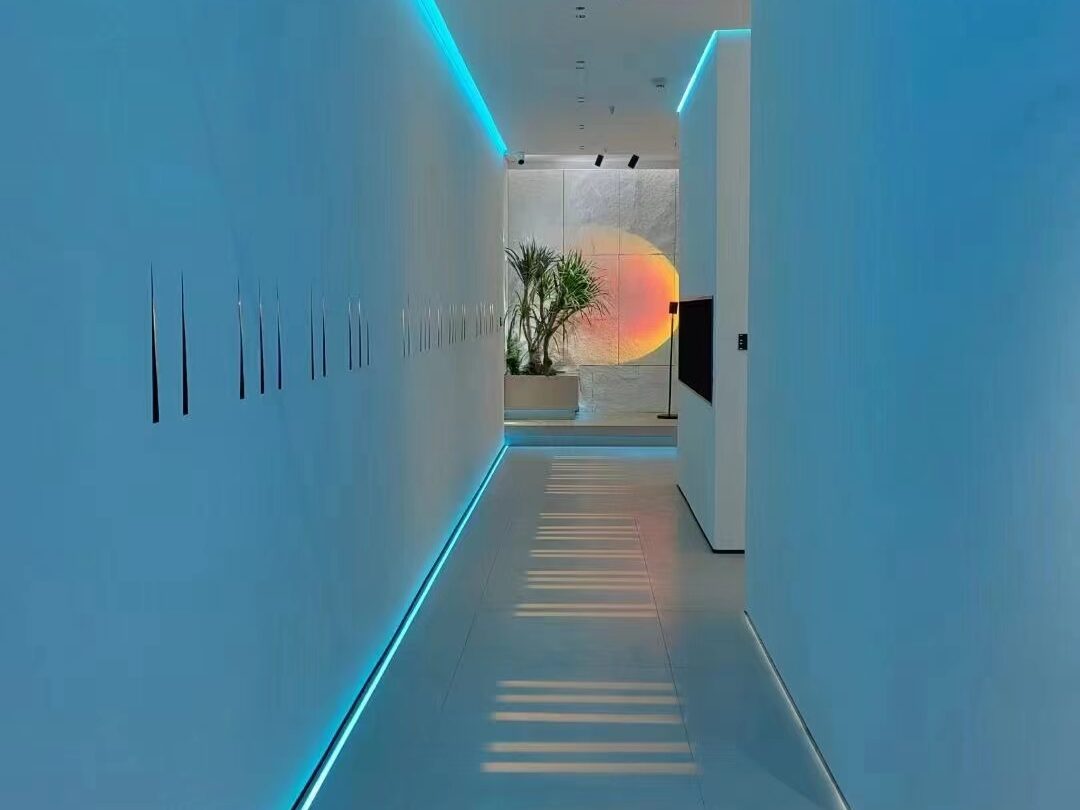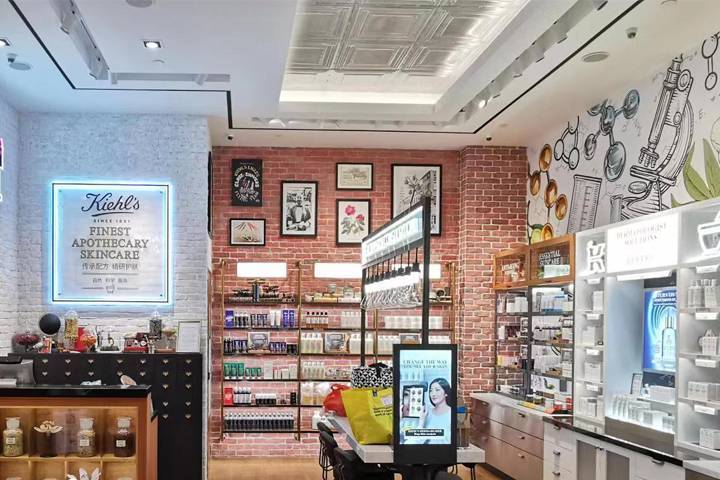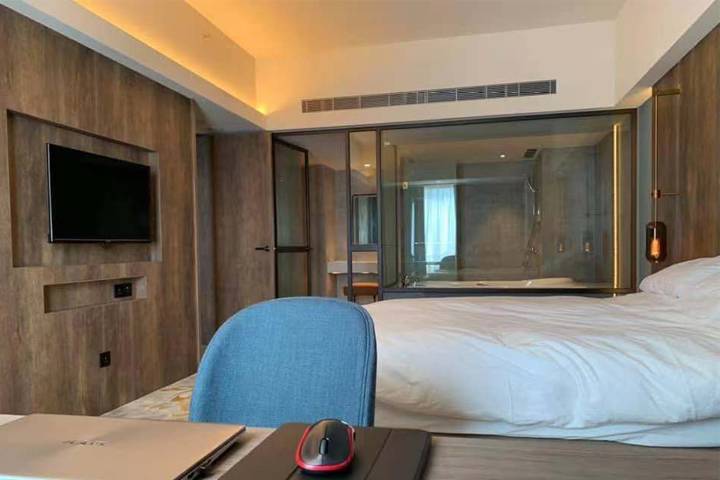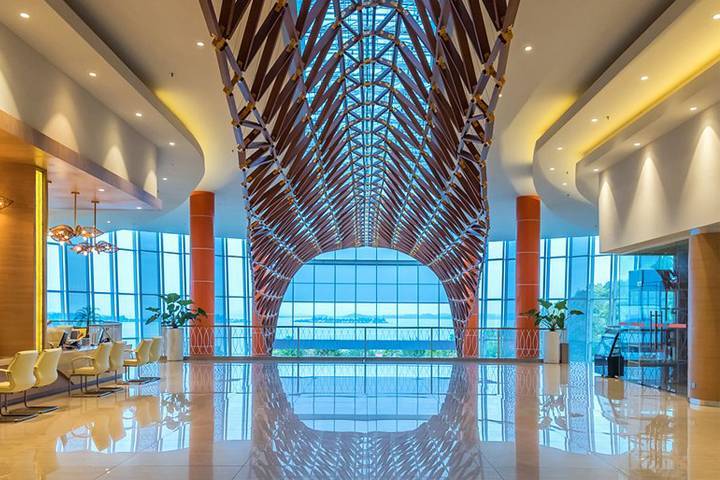Lighting is the expression of the “mood” of a space, and an important tool to set the ambience of a space. If we use the emotional words to express lighting, then the hotel should be lazy, which makes people very relaxed when living in; the office should be cool and bright, which makes people refreshed when working, thereby improving their work efficiency; the science and technology exhibition hall should be exciting and dreamy, because people will feel excited under the colored light. This shows that different lights bring out different scenes, feelings, and therefore different moods.

1. Light plays a big role in spatial design
Light has extraordinary charm of art. For a given space, it will present a variety of visual effects if different illumination approaches are used. Any alteration in the position or shape of the light fixtures, or the angle, direction, intensity or color of light, will make a lot difference. It can be bright and spacious, dark and depressing, warm and cozy, cold and unsettling. It’s a complementary relationship between light and space. Space needs light to present its visual effects, and light also needs space to manifest its distinctive aesthetics. Lighting design is not just a matter of illumination. Great lighting creates depth and height, enriching the content of the space, bringing an interior design project to life.

2. Analyzing spatial hierarchy based on the relationship between brightness and darkness of lights.
The quality and beauty of a space are often closely related to the brightness of its lighting. The reasonable design of lighting not only solves the problem of lighting, but also makes the space more bright and dark, enhances the warmth of the home, and creates a healthy lighting space.

For example, the lighting design of the villa needs to be based on the requirements of different functionalities. The following multi-layered lighting method is recommended:indirect lighting, semi-indirect lighting, semi-direct lighting plus direct lighting (local lighting).
1. Backlights, produce the overall illumination for the living room space.

2. Display lights, are mainly aiming at drawing attention to a specific object, like a decoration or painting. Types of accent lights range from chandeliers, wall lights to LED track lights, etc.

3. Illuminated lights, are referred to lighting fixtures with a very specific function, acting as an additional light source for reading, watching TV, dining, etc. Chandeliers, LED downlights, table lamps can be used as illumiated lights.

This lighting combination enriches the overall layout, and the lamp shape adopted can be well integrated into the spatial tone. For a villa lighting design, the entire space needs a uniform illumination. A light-shadow contrast should be formed, mainly to highlight the layering of light and enhance the comfort of the interior, so that the entire space could be perfect.
3. Light and Psychology
Vision is perhaps the most important sense of human beings, and the stimulus for vision is light. Our eyes are sensitive to a very narrow band of wavelengths within the enormous range of wavelengths of the electromagnetic spectrum. This narrow band of wavelengths is referred to as the visible light spectrum. Typically, the human eye can detect wavelengths from 380 to 700 nanometers.

Lighting can create atmosphere and affect people’s mood. Bad lighting will make a room ordinary, while good lighting will evoke people’s sensibilities and perceptions. This is what we call the “Lighting Psychology”.

Just like color, light of different color gives people different feelings and thus brings about different psychological effects. We also divide the color temperature of light into three categories: warm, neutral and cool. Warm light gives people feelings of warmth, health and comfort; neutral light gives people feelings of joy, comfort and serenity; cool light is close to natural light, and it appears slightly brighter to the eye, which is helpful for people to concentrate.

A good lighting design is not only a colorful visual experience, but also a flavoring of our emotions.




